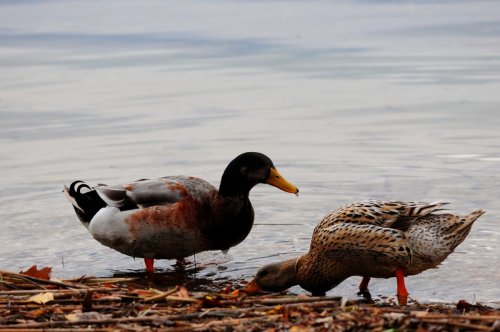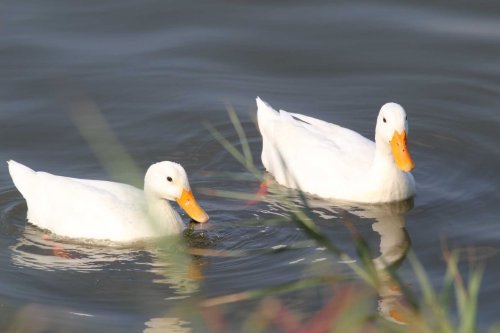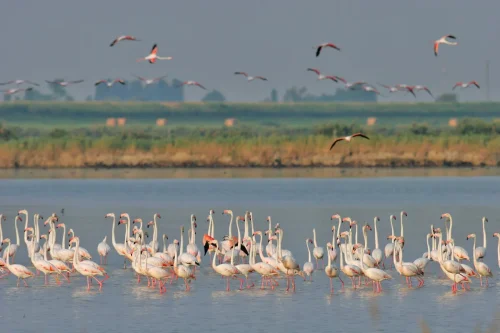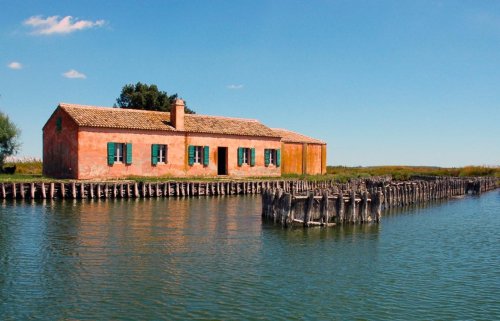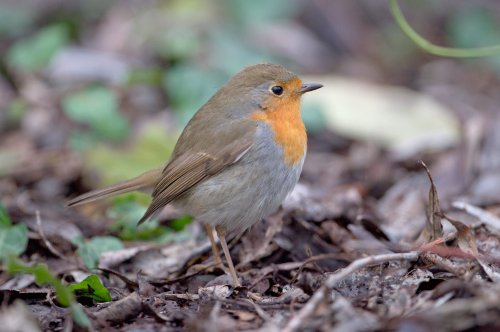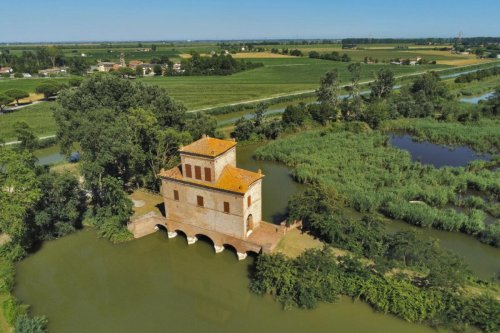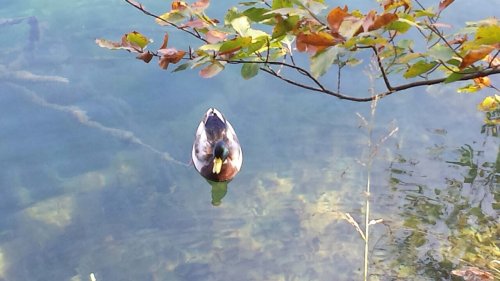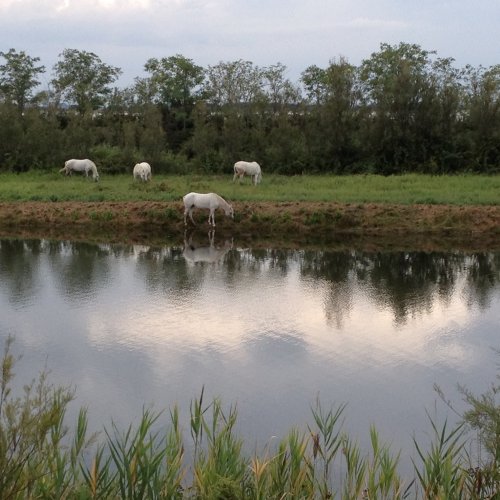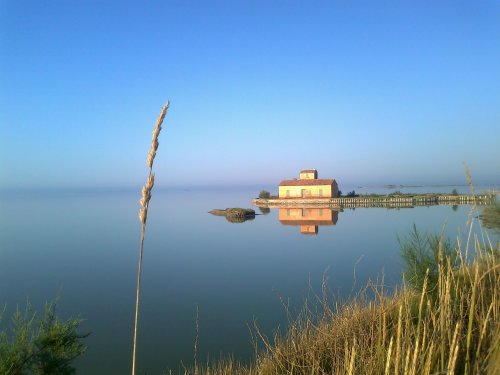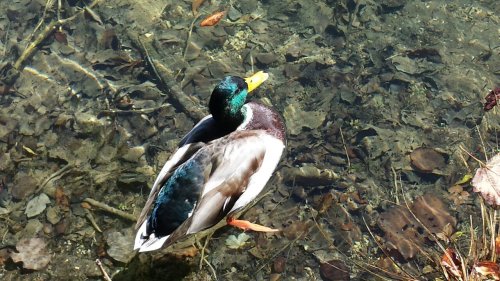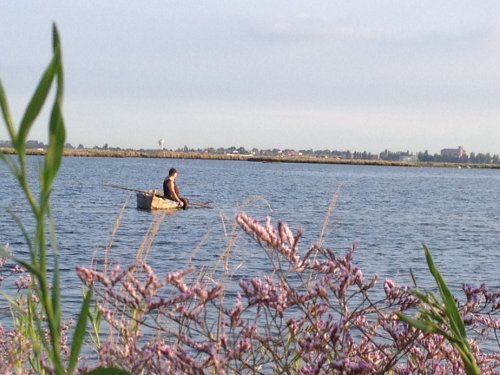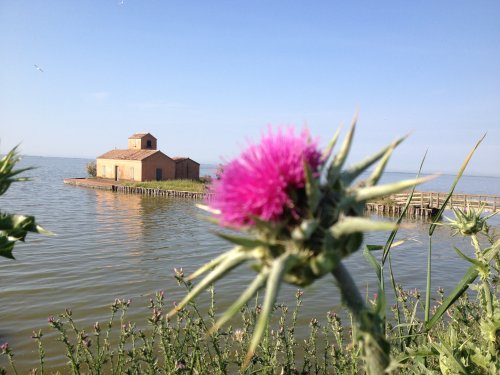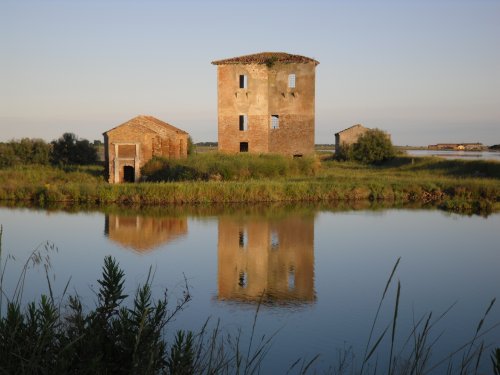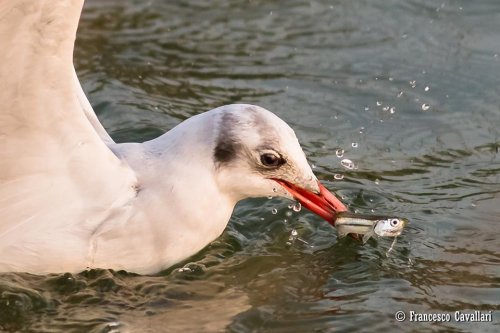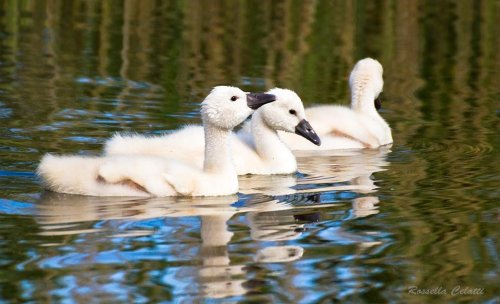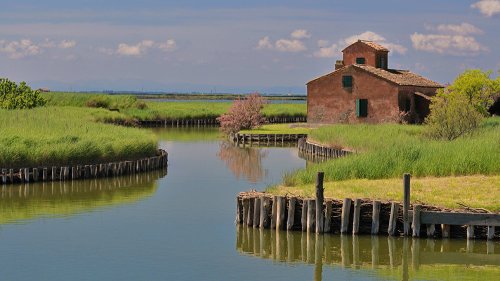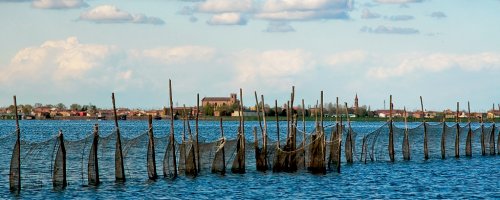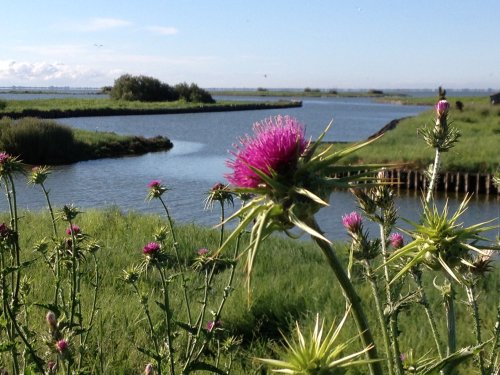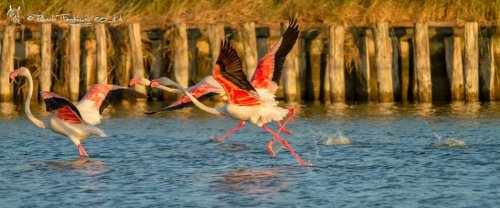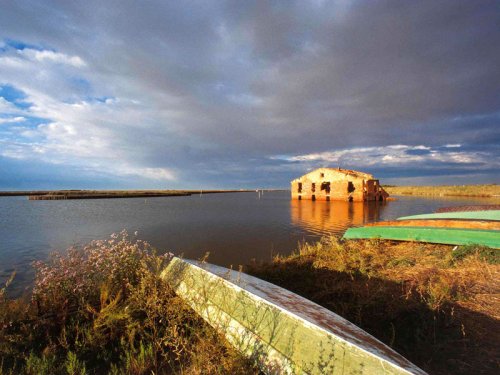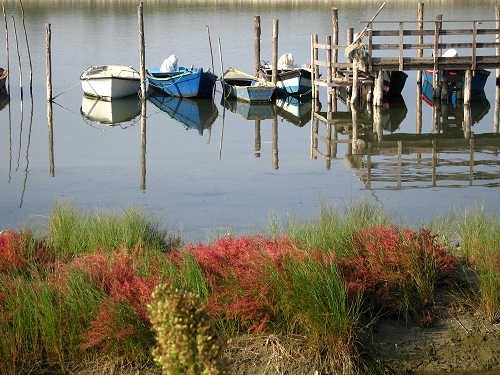is spreading rapidly among those, who want to discover a natural world which is still undisclosed to most people. The Po Delta Park, in water-dominated a plain mostly dedicated to agriculture that has not yet become the object of strong urbanization is a good habitat for rare bird species, which are only seldom seen in other Italian and European sites.
The delta area has been internationally acknowledged has a strategic "crossroad" in the migratory routes of many bird species, as well as the favourite resting site for many others. Every year the Park hosts more than 55.000 wintering birds and more than 35.000 nesting birds. Among those ouster catchers, whistle ducks, more than 200 couples. Terns, the rare Ruppel terns, sandwich terns and gulls and herring gulls can be seen along the sandbanks.
The area hosts all the different heron species white, purple and grey, which build one of the most spectacular component of local bird species. Herons settle in big colonies called "garzaie" on the rich tree vegetation near fresh and brackish waters. The most common species are those belonging to the duck family; gadwalls, teal, garganeys, mallards, spoonbills, pochards, tufted ducks, just to mention some of the species, that attract naturalists and represent the most important characteristic of the lagoons. Still waters host coots, moorhens, water tails, little crakes, whereas shallow waters are home to stilts, lapwings, golden plovers, snipes, jacksnipes, ruffs, curlews, redshanks and godwits. The presence of all these different species, with their sounds and colours, make the discovery of nature in the Park a unique experience.
Any season is good for bird watching in the Park, but the best seasons both in terms of number of species and of the colours of the landscape are spring and summer. The best sighting opportunities are at dawn and sunset, when birds fly out of the trees to look for food. Birdwatchers will have to bring their own equipment; casual and comfortable clothing, possibly in mimetic colours and binoculars. Birdwatchers will have to move around cautiously and avoid disturbing the wildlife. The best option is to follow the paths with sighting towers or camouflaged huts distributed in the oasis. A correct behaviour on the part of birdwatchers is fundamental to approach this beautiful nature, partly still unknown, which invites visitors to respect its silence in order to admire it in all its generosity.
